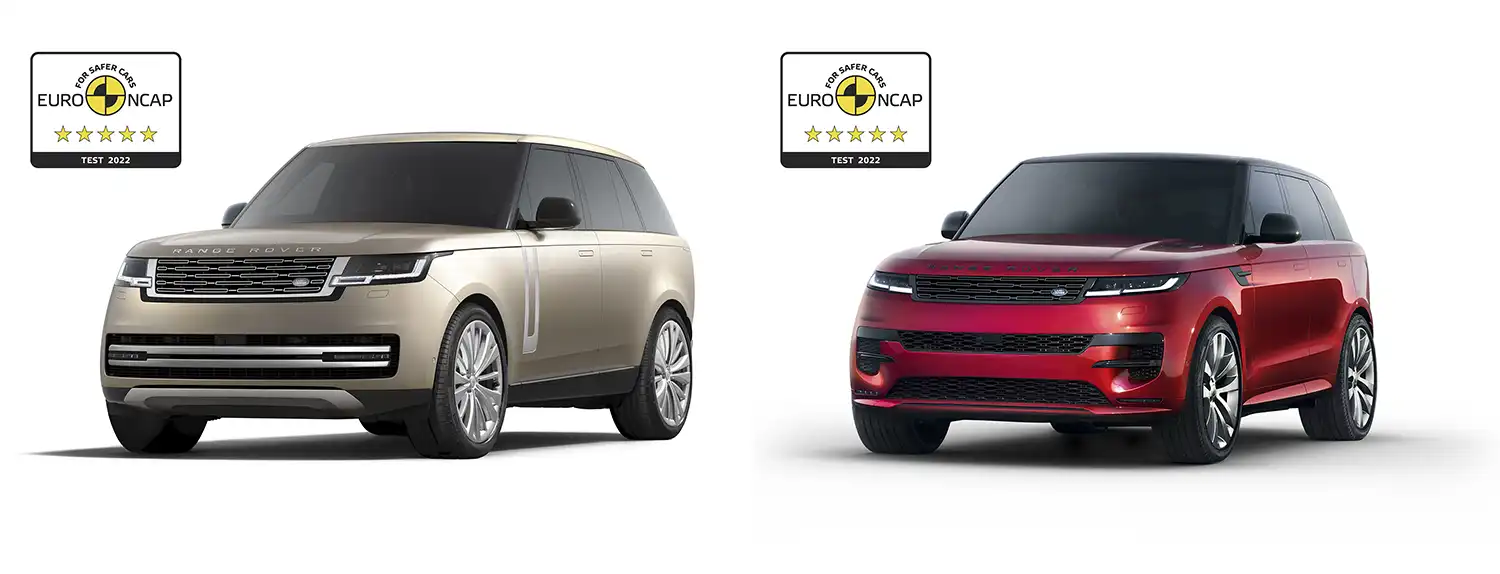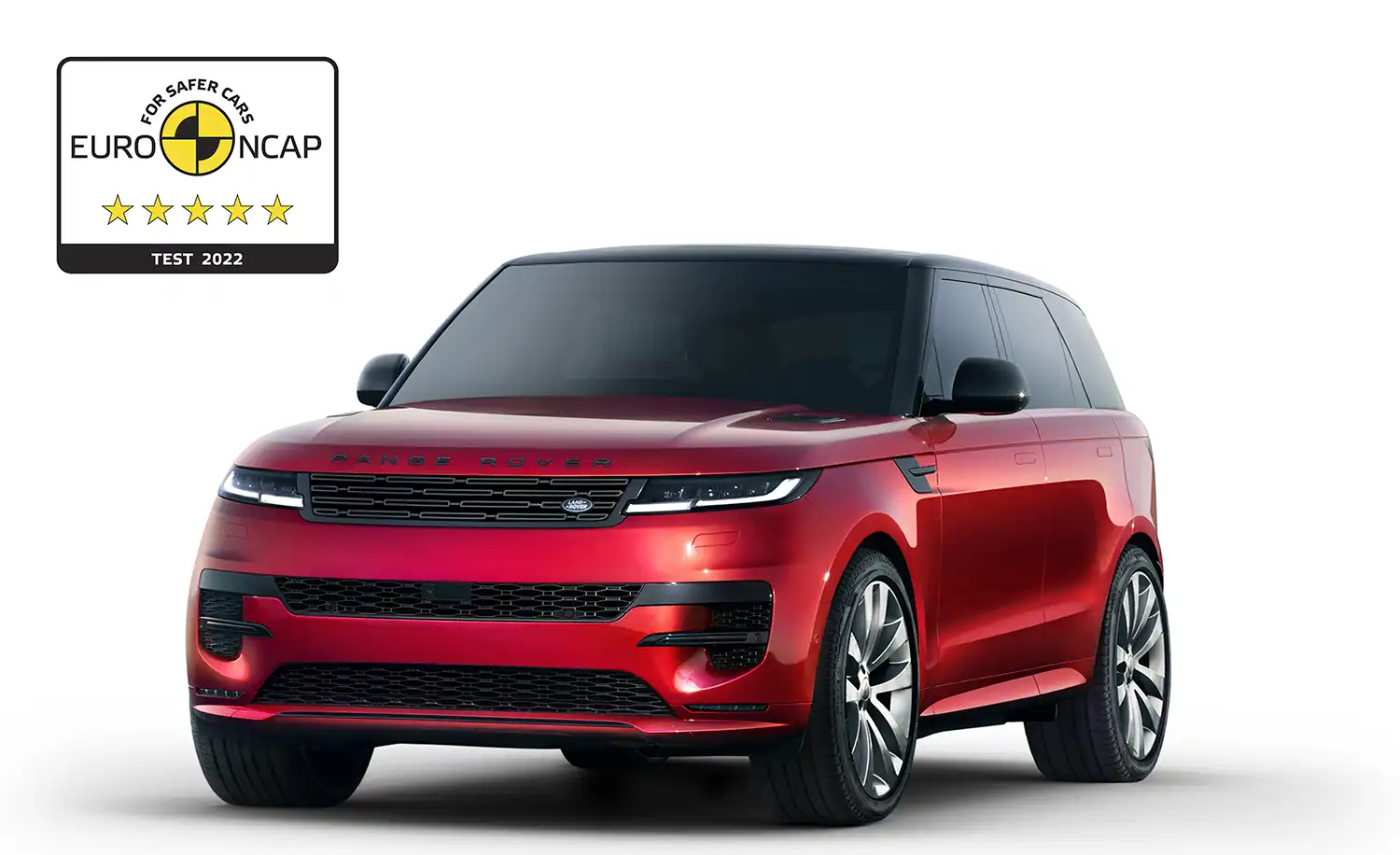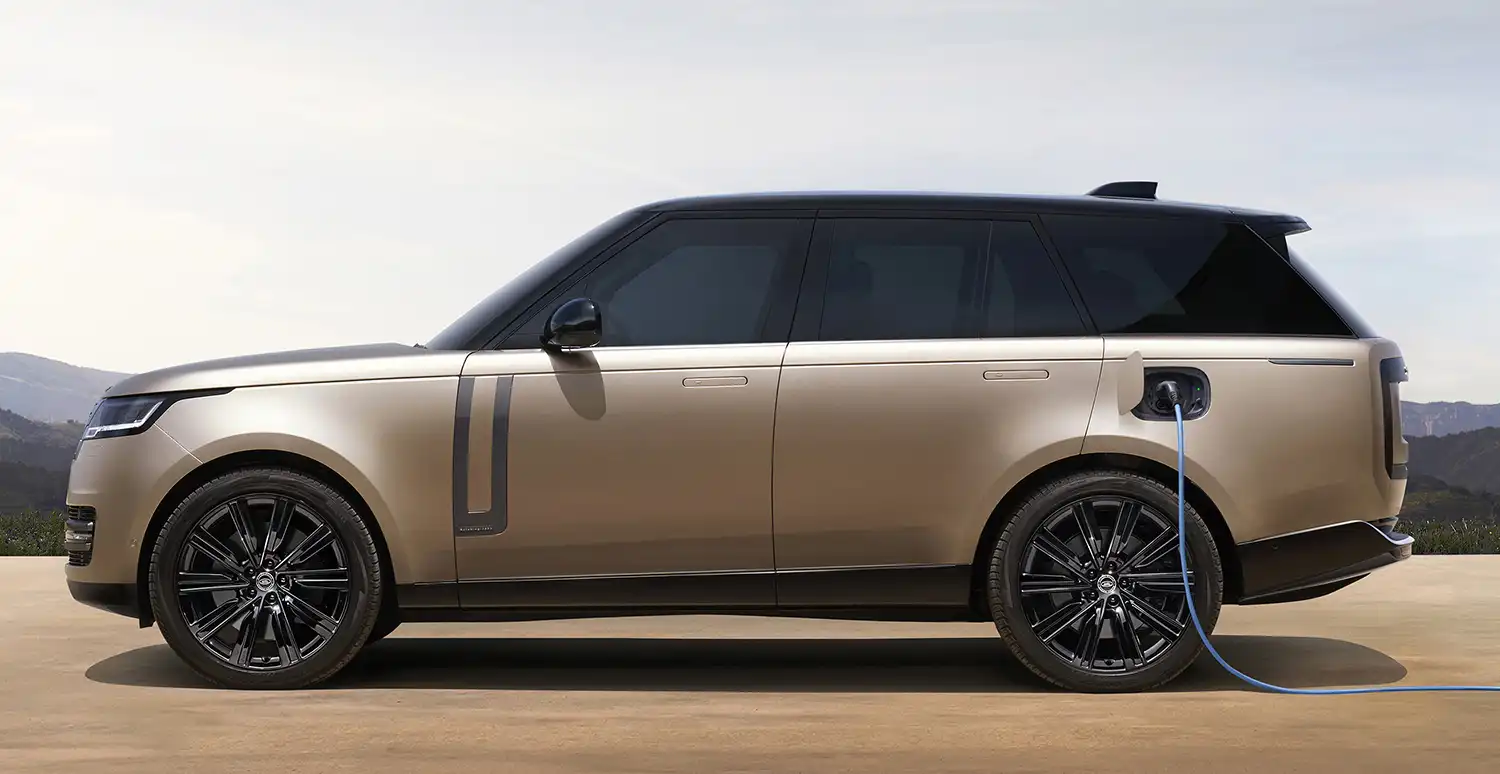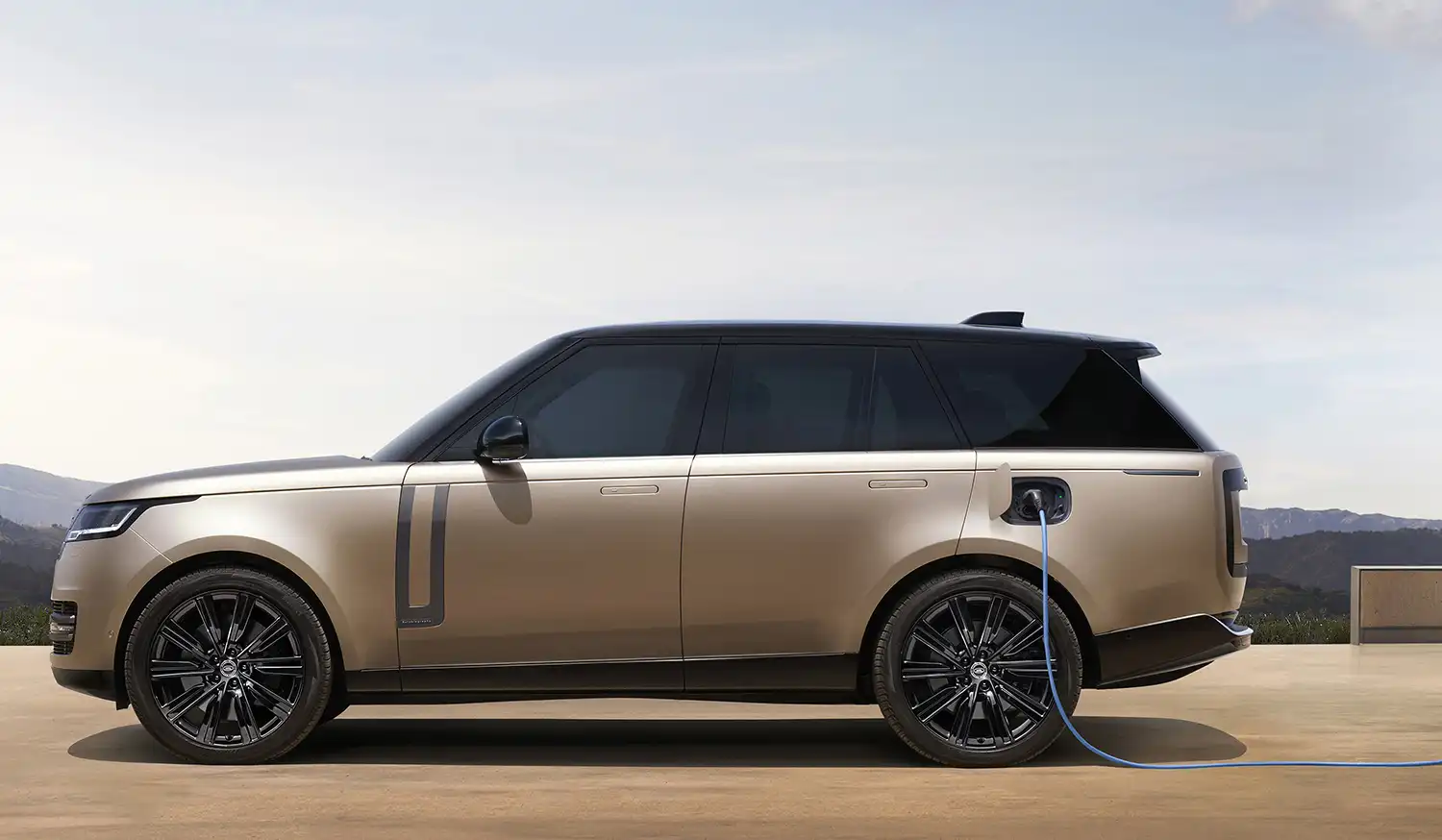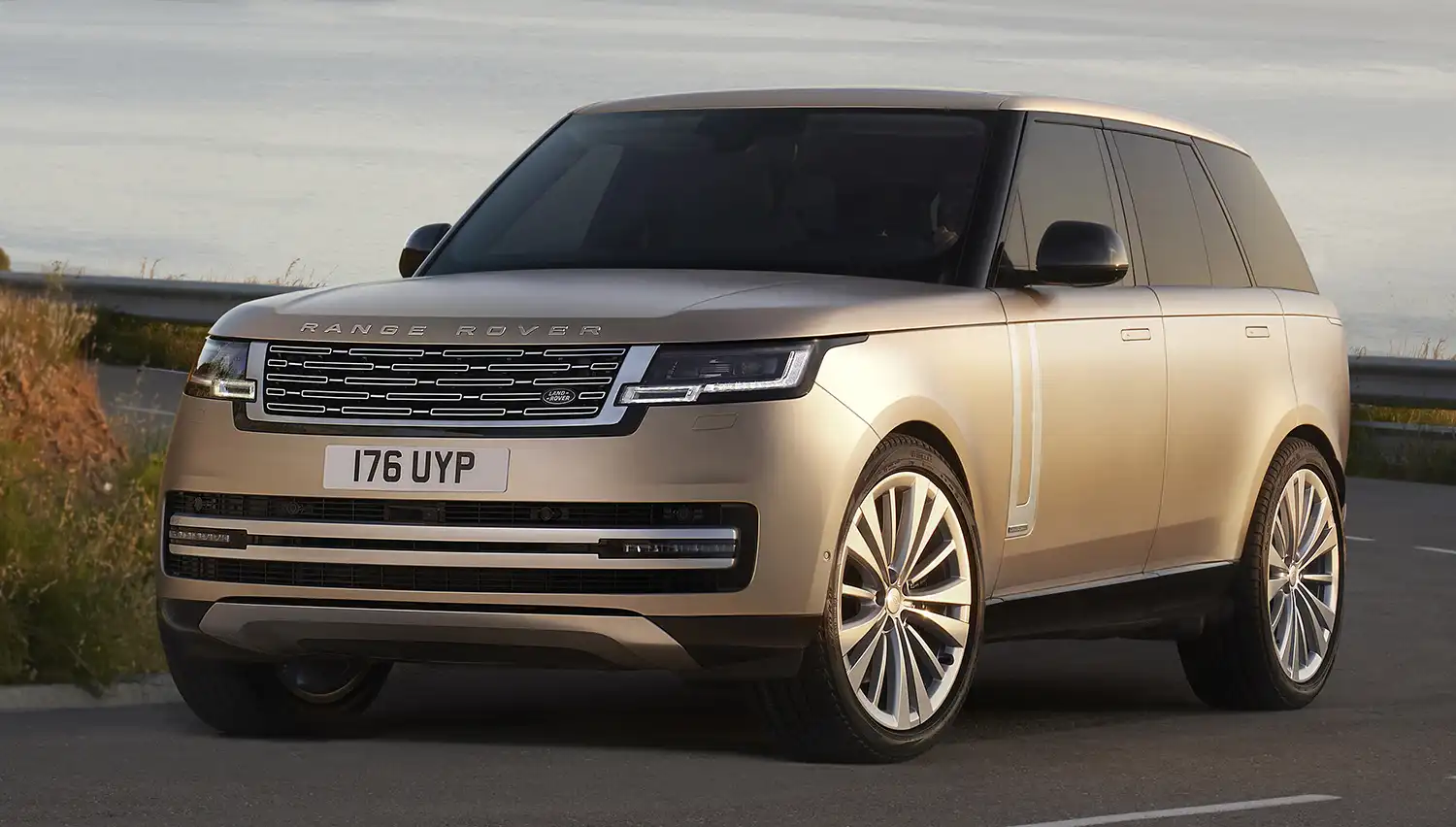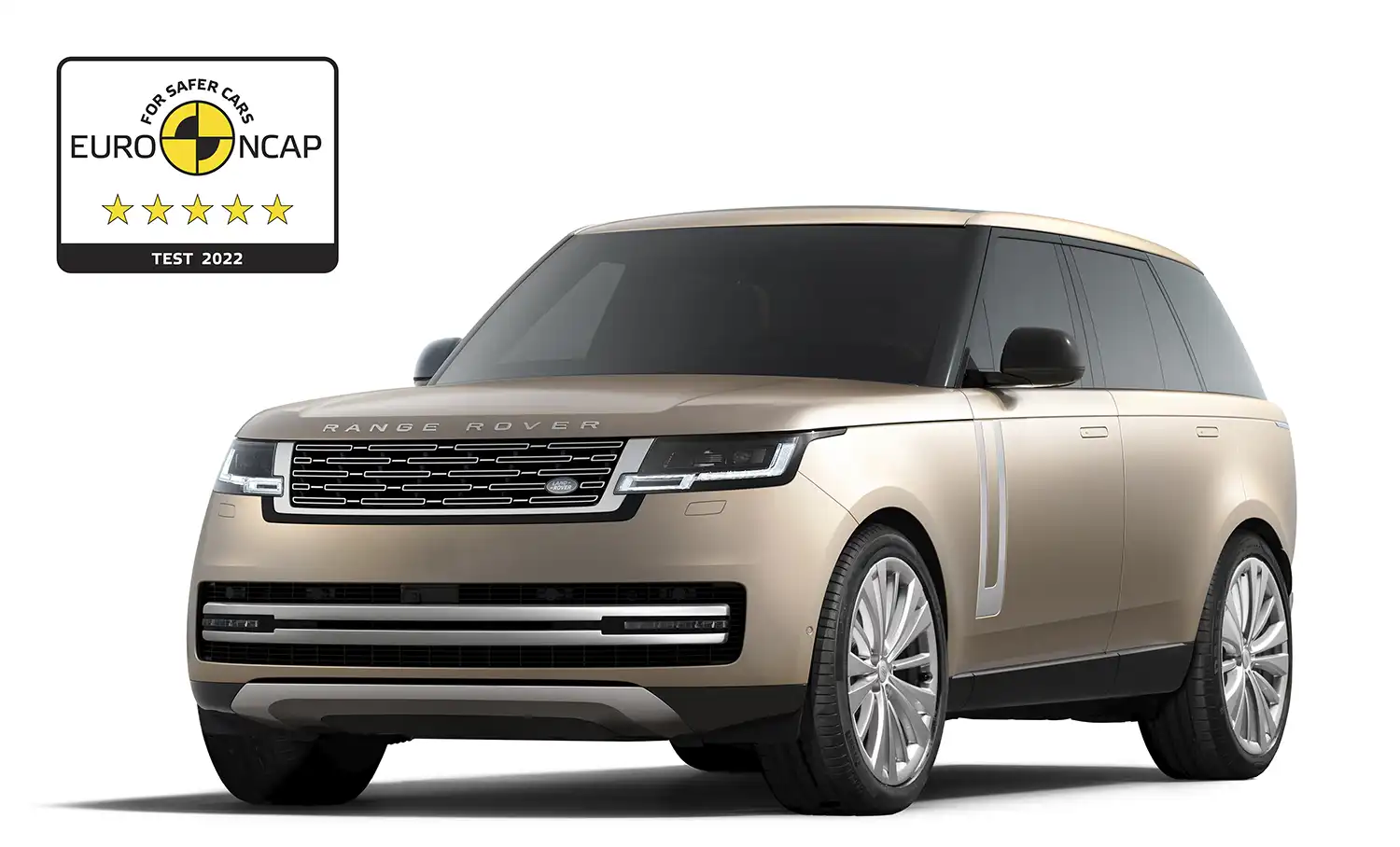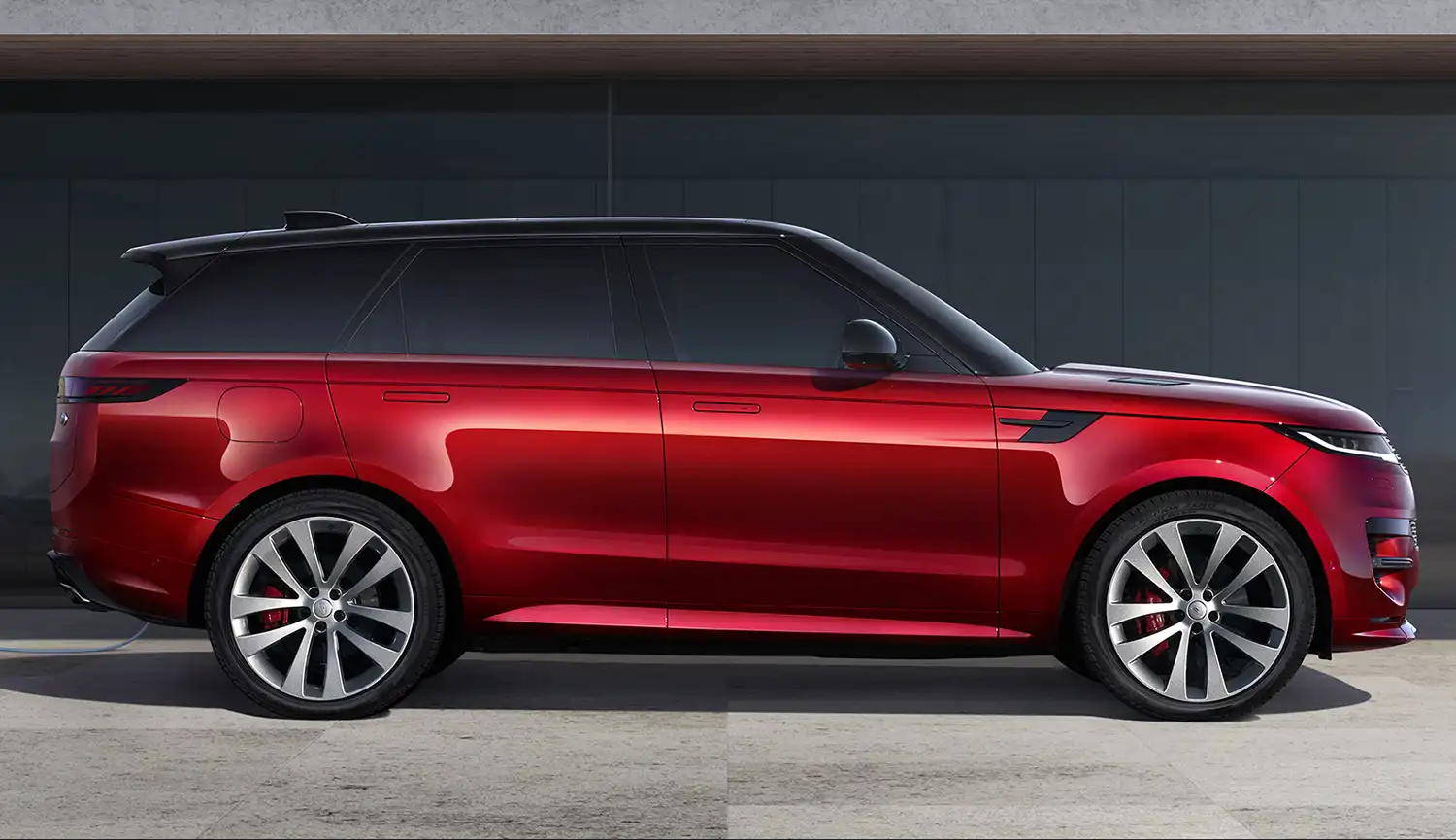
The New Range Rover and Range Rover Sport have both been awarded maximum five-star ratings in the latest Euro NCAP safety tests. The luxury SUVs draw on more than 50 years of expertise in delivering exceptional breadth of all-terrain capability, refinement and safety.
The new models are the latest in a long line of Range Rovers to gain a five-star rating under the stringent Euro NCAP star rating safety protocols introduced in 2009, stretching back to the Evoque in 2011.
Both models are based on a new mixed-metal, flexible Modular Longitudinal Architecture, which provides solid foundations for a suite of state-of-the-art driver assistance technologies to work in harmony for a responsive and refined drive. New Range Rover, which is available with four-, five- and seven-seat configurations, is up to 50 per cent stiffer than its predecessor while the Range Rover Sport is 35 per cent stiffer than before.
The award-winning New Range Rover scored 87 per cent for Child Occupant Protection and 72 per cent for Vulnerable Road Users, while the Range Rover Sport achieved an 85 per cent rating for Adult Occupant Protection. Both SUVs obtained 82 per cent for Safety Assist.
Thomas Mueller, Executive Director Product Engineering, Jaguar Land Rover, said: “These excellent Euro NCAP results are a direct result of the hard work and expertise that goes into designing, engineering and manufacturing vehicles that have combined safety, capability and luxury for more than five decades. Our strong, mixed metal MLA-Flex body architecture provides solid foundations for a suite of cutting-edge active safety systems such as Autonomous Emergency Braking (AEB) that combined, work in harmony to protect occupants and other road users. These Range Rovers are a technological triumph.”
New Range Rover and Range Rover Sport share a range of Advanced Driver Assistance Systems (ADAS) designed to support the driver and protect occupants, including:
- Autonomous Emergency Braking (AEB) – using forward-facing radars and cameras, AEB helps to identify vehicles, pedestrians and cyclists ahead, or oncoming vehicles or cyclists from an adjacent lane while the host vehicle is turning left or right. AEB will identify imminent risks and apply the brakes to minimise the severity or avoid the impact.
- Lane Keep Assist – monitors the road lane markings to detect unintentional lane departure. If the vehicle is about to cross a lane boundary, a rotational force is applied to the steering wheel to counter the boundary-crossing movement.
- Emergency Lane Keep Assist – helps to provide corrective steering inputs if it determines the vehicle is getting too close to road edges and is drifting towards an adjacent lane where oncoming vehicles are detected.
- 3D Surround Camera and ClearSight Ground View – the surround camera system provides a 3D, 360-degree view around the vehicle and can display several views simultaneously on the touchscreen display when manoeuvring – giving the driver detailed information about their surroundings. ClearSight Ground View allows drivers to see the hidden area directly ahead of, and beneath, the bonnet on the central touchscreen display.
- Driver Condition Response – brings the vehicle to a halt and initiates the hazard warning lights if the driver fails to respond to a series of audio-visual prompts.
- Rear Collision Monitor with Occupant Protection Assist – uses the front and rear corner radars to detect collision risks within 70 metres and warn occupants, sounding an audible warning and preparing the cabin for a potential impact. If required, the hazard lights will flash and the interior is primed by tensioning the seat belts, moving the head rests forwards, inclining the seats and closing the windows and panoramic roof.
- Pre-emptive suspension – the suspension automatically switches to Dynamic mode when the Forward Collision Warning system detects a collision risk, assisting the driver if evasive manoeuvres are required by delivering the most agile responses.
- Adaptive Cruise Control and Steering Assist – Adaptive Cruise Control maintains a set cruising speed for the vehicle. The vehicle’s speed automatically reduces if a slower-moving vehicle is detected in the lane ahead. Steering Assist helps the driver keep the vehicle in the centre of its lane by making minor steering adjustments.
- Park Assist – detects available parking spaces and manoeuvres the vehicle into parallel and perpendicular spaces. Park Assist controls the vehicle during a manoeuvre using the steering, acceleration, gear selection and braking.
Alongside the active safety systems, New Range Rover and Range Rover Sport make use of technologies that aim to improve driver alertness and reduce the potential for distraction. Integrated Amazon Alexa1 provides the ability to control various settings and features using natural and intuitive voice commands, without the need to take hands off the wheel or eyes off the road.
Alexa is embedded in Pivi Pro and can be activated simply by saying “Alexa” or tapping the Alexa button on the touchscreen. The clever voice AI even integrates Alexa devices at home, and works without a smartphone – all owners need to do is log in through their Amazon account for the vehicle’s built-in eSIMs to provide connectivity.
Both vehicles are also available with Cabin Air Purification Pro2, a pioneering system that takes interior air quality to the next level. Not only does the PM2.5 filtration and Nanoe™-X technology help to significantly reduce odours, bacteria and allergens, it enhances wellness and alertness by monitoring CO₂ levels inside and automatically introducing fresh external air when required. High concentrations of CO₂ contribute to drowsiness, so the system proactively contributes to optimum driver alertness.
